- Home
- /
- Product Management
- /
- A Beginner’s Guide to Application…
Introduction
In today’s tech-driven world, Application Programming Interfaces, or APIs, are like the invisible wizards behind the scenes, making different software applications talk to each other effortlessly. This blog aims to simplify the concept of APIs, diving into what they are, the various types, how they work, and why they matter in the world of software development.
What is an API?
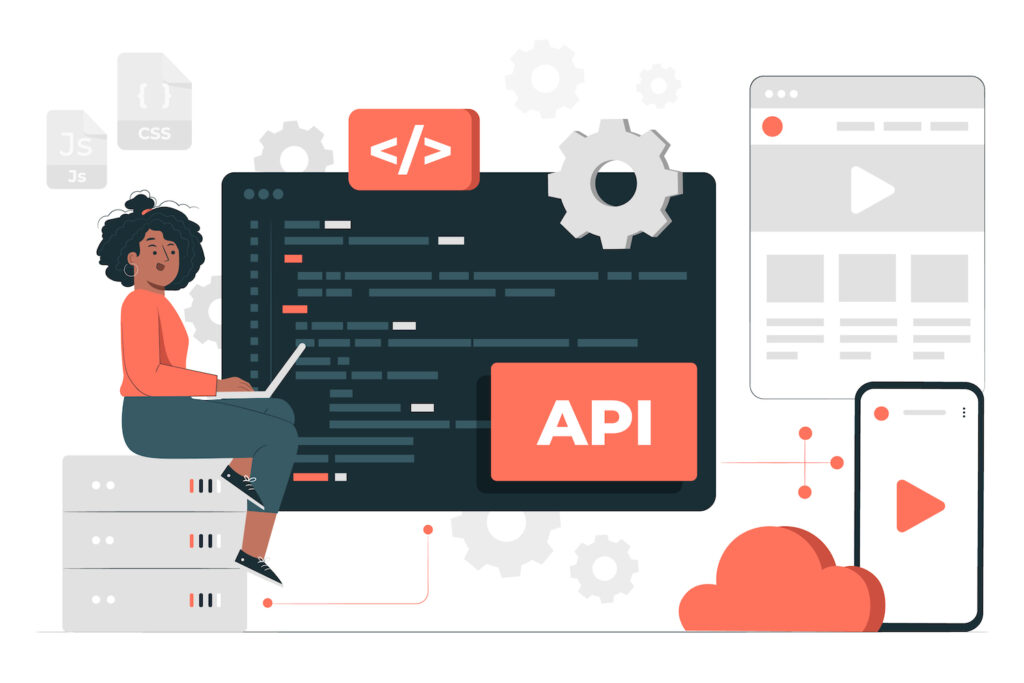
An API (Application Programming Interface) is like a set of rules that allows one computer program to talk to another. It’s like a menu in a restaurant – you don’t need to know how the kitchen works; you just order from the menu, and your food arrives. Similarly, APIs help different software programs communicate by providing a menu of actions they can perform.
Types of APIs

Web APIs
- RESTful APIs: Think of them like web pages that follow certain rules, making it easy for different programs to understand and use them.
- SOAP APIs: These are a bit like sending messages in a bottle – the messages (data) are packed in a specific way to make sure the other program understands.
Library-Based APIs
- JavaScript APIs: These allow web developers to use certain features in web browsers without knowing all the complicated details.
- Python Standard Library: For Python developers, it’s like having a toolbox full of tools to use in their programs.
Hardware APIs
- Device APIs: Imagine your phone’s camera – apps can use a device API to take pictures without having to understand how the camera works inside.
How APIs Work
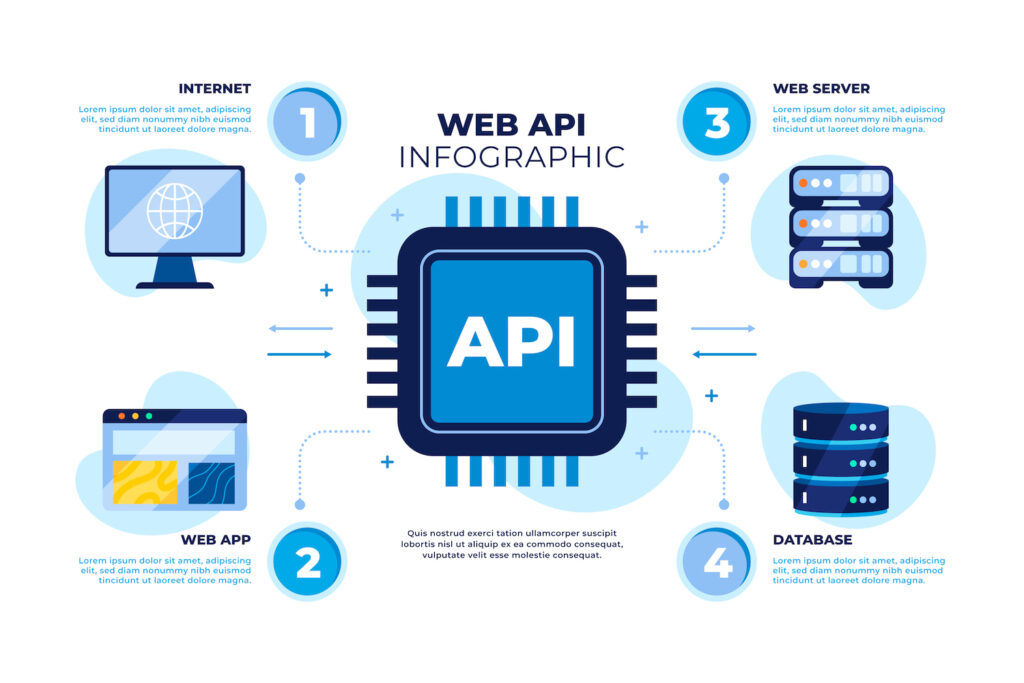
Request and Response
You (or your program) ask for something (send a request) to an API, and the API responds with the requested information or says it did the thing you asked for.
Endpoint
An endpoint is like a specific button on a remote control – it does a particular thing, like changing the channel or adjusting the volume.
Authentication
APIs want to make sure only the right people or programs use them. So, you might need a special key or password to access certain APIs.
API Architecture
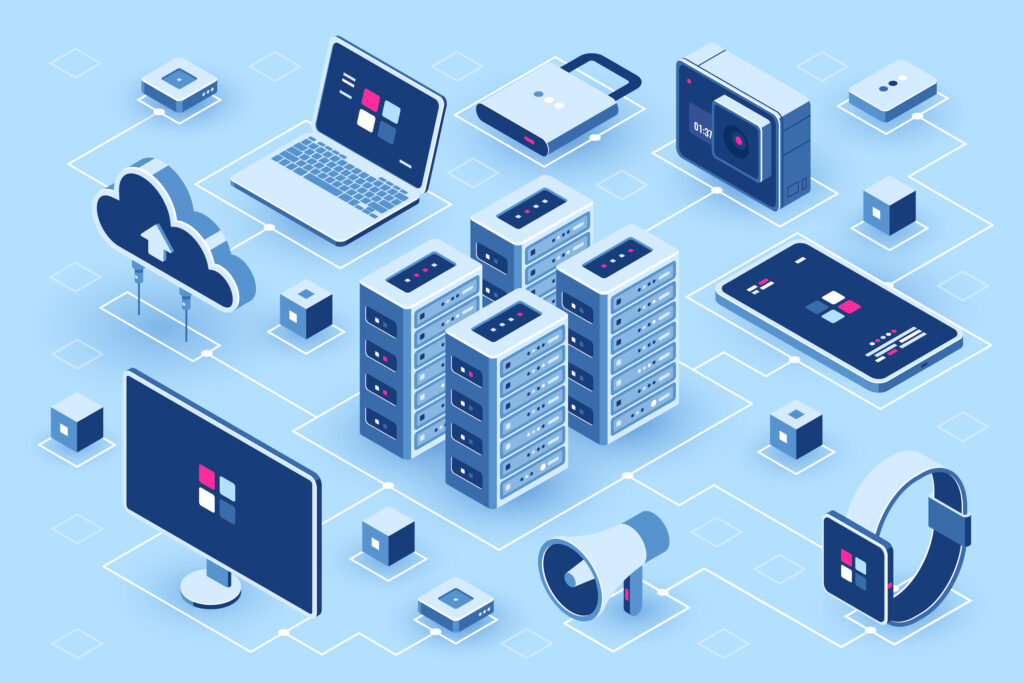
REST Architecture
APIs following REST are like well-organized libraries where you know exactly where to find the book you need.
GraphQL
Think of GraphQL as a friendly librarian who gives you exactly the information you ask for, no more, no less.
Benefits of Using APIs
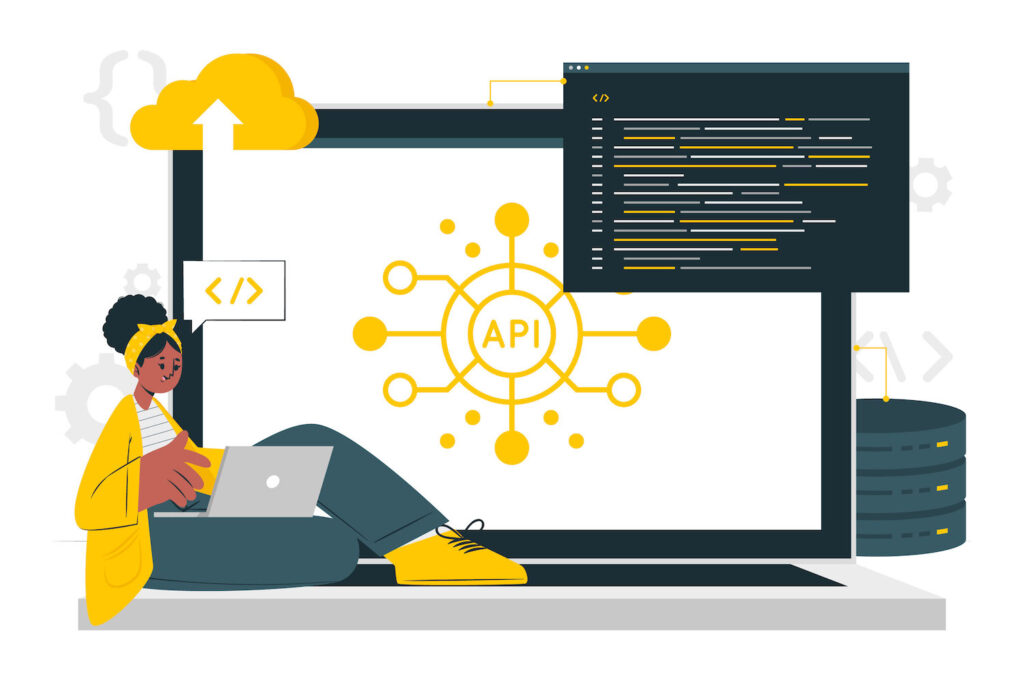
Interoperability
APIs help different programs work together, like a team of superheroes combining their powers to save the day.
Efficiency
Instead of reinventing the wheel, developers use APIs to save time and effort. It’s like cooking with pre-cut veggies – quicker and easier.
Scalability
APIs allow programs to grow and handle more work without needing a complete makeover.
Innovation
Developers can mix and match different APIs, creating new and exciting things, like a chef experimenting with various ingredients to create a unique dish.
Why are APIs awesome?
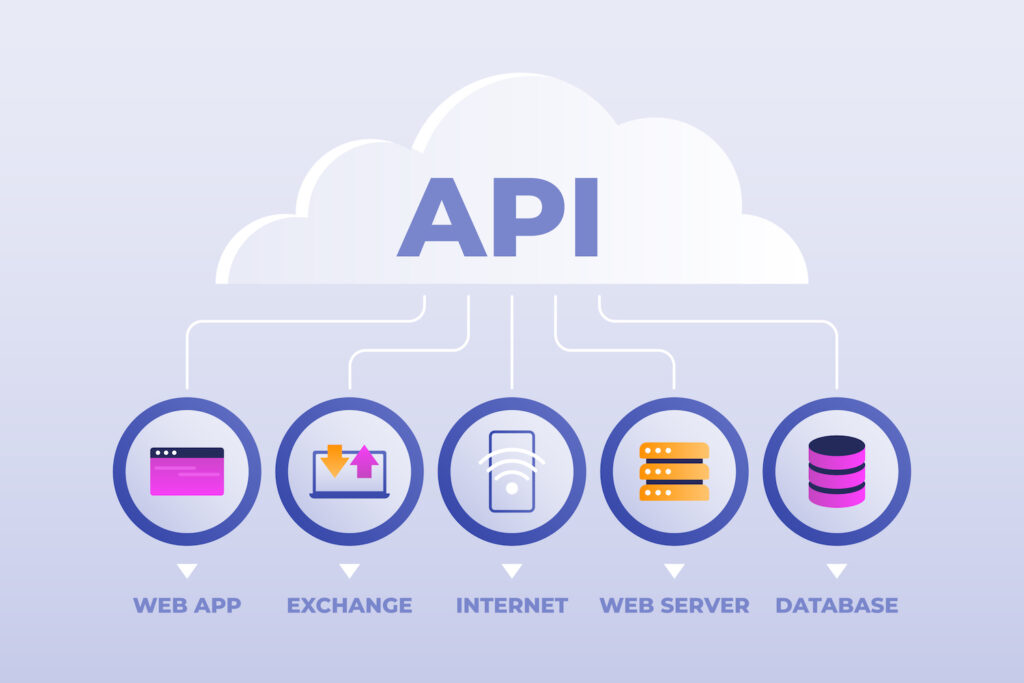
Faster app building
Instead of developers starting from scratch, APIs allow them to use existing tools and features, saving time and effort.
More features for you
By connecting with different APIs, apps can offer you a wider range of things to do, like checking the weather or ordering a ride.
Smoother experience
APIs help apps talk to each other seamlessly, making your experience using them feel more connected and efficient.
Innovation boost
APIs encourage collaboration by allowing developers to build on existing ideas and create even better things.
Challenges and Best Practices
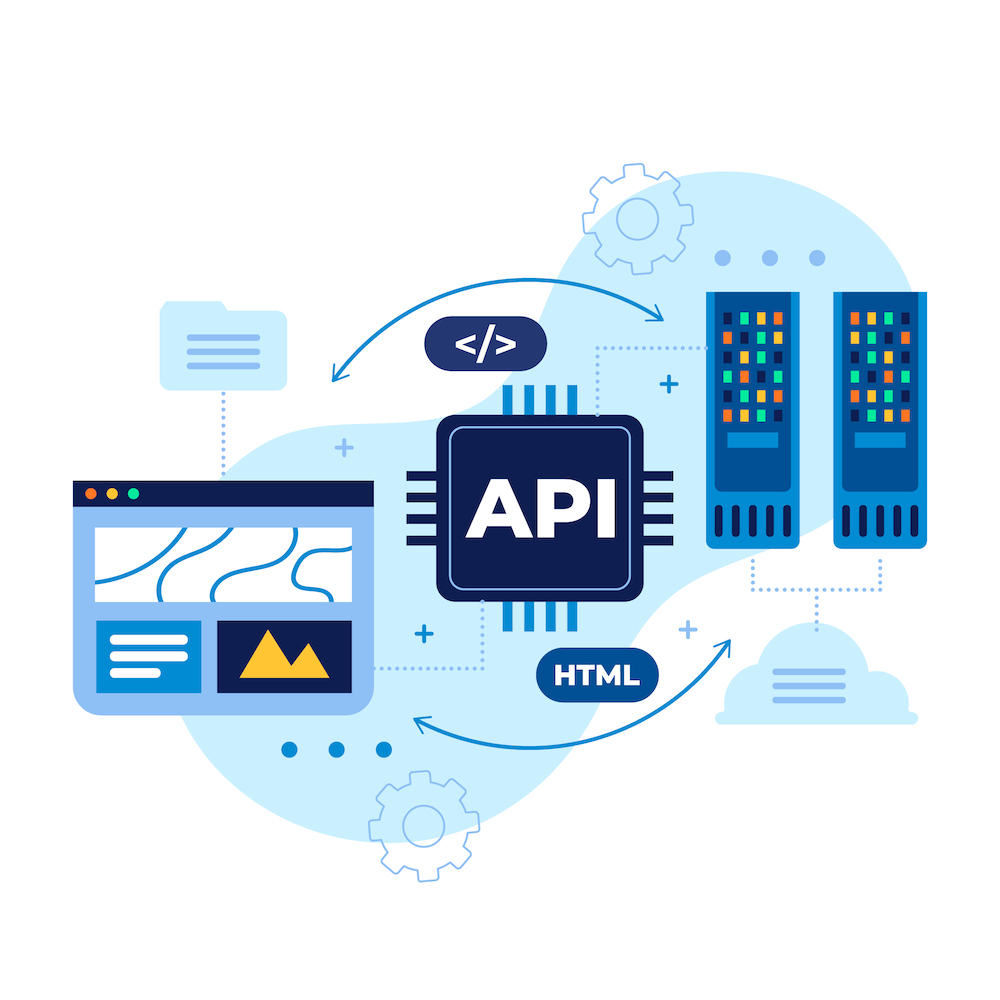
Security Concerns
APIs use special locks and keys to make sure only the right people can access them, preventing any unwanted guests.
Versioning
Just like software updates on your phone, APIs sometimes need new versions. But developers make sure the new version doesn’t break the old stuff, like updating your phone without losing your photos.
Documentation
APIs come with instruction manuals (documentation) to help developers understand how to use them. It’s like having a recipe book for your favorite dish.
Rate Limiting
To prevent overuse, APIs might say, “Hey, slow down!” to a program making too many requests, like a teacher telling a student not to ask too many questions at once.
Frequently Asked Questions (FAQs)?

How does an API work?
APIs work like ordering food at a restaurant. You (or your program) send a request, like placing an order, to the API. The API then sends back a response, like delivering your food. It’s a way for different programs to ask for and share information.
What are the types of APIs?
There are different types of APIs, like web APIs (making websites talk to each other), library-based APIs (tools for programmers), and hardware APIs (making software talk to devices like cameras). Each type serves a specific purpose, helping different kinds of programs connect.
What’s the difference between RESTful APIs and SOAP APIs?
Think of RESTful APIs like a simple menu at a restaurant – easy to understand and use. SOAP APIs are like messages in a bottle – the messages (data) are packed in a specific way to make sure the other program understands. REST is more common nowadays for its simplicity.
Why is authentication important for APIs?
Authentication is like having a secret code to access certain features. APIs use it to make sure only the right programs or people can use them. It’s a security measure to keep things safe and sound.
Can you give an everyday example of APIs?
Imagine a weather app on your phone. It gets its weather information from an API. The app sends a request (asking for weather data) to the API, and the API responds with the current weather details. It’s like the app talking to the weather service without knowing how it all works behind the scenes.
How do APIs help developers?
APIs are like tools for developers. Instead of building everything from scratch, they can use APIs to save time and effort. It’s like using pre-cut veggies when cooking – quicker and more efficient.
Are APIs only for big companies?
APIs are for everyone. Small apps, big companies, and even individual developers use APIs to make their software more powerful and connected. They’re like the friendly helpers that make things run smoothly in the digital world.
What’s the role of documentation in APIs?
Documentation is like the instruction manual for APIs. It helps developers understand how to use them correctly. It’s similar to having a recipe book – it guides you on how to make a dish (use an API) successfully.
How do APIs contribute to innovation?
APIs are like building blocks for innovation. Developers can mix and match different APIs to create new and exciting things. It’s similar to combining different ingredients to cook up a unique dish. APIs open up possibilities for creative solutions in the world of software development.
Conclusion
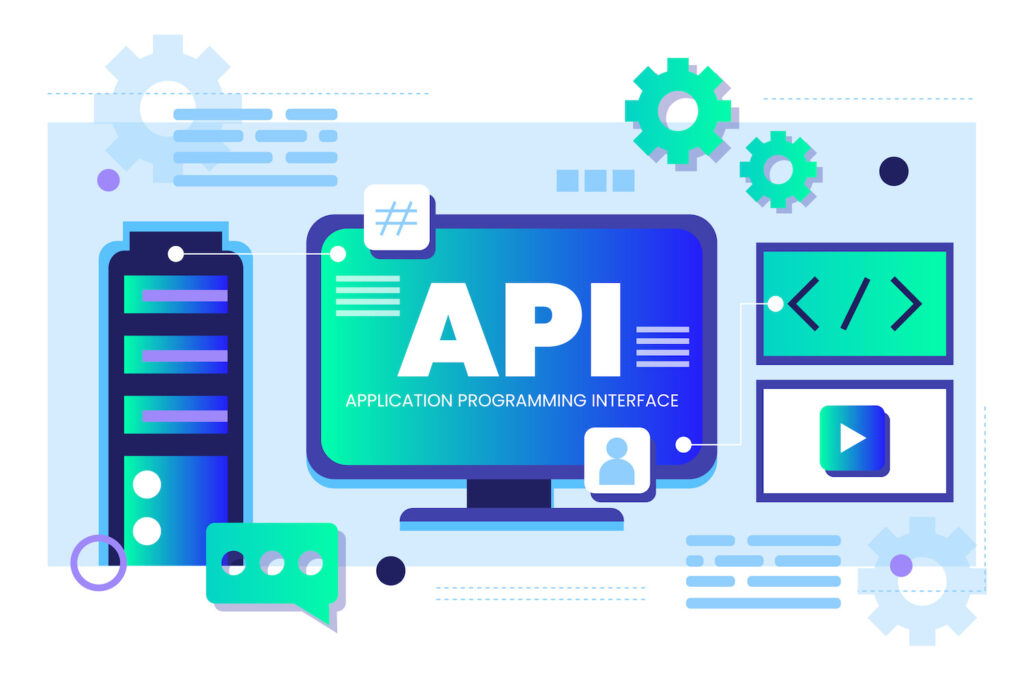
In a nutshell, APIs are the unsung heroes making our digital world go ’round. By understanding the basics of APIs, developers can create amazing software, ensuring different programs can communicate and collaborate seamlessly. As technology continues to grow, APIs will remain the secret sauce driving innovation and connectivity in the world of software development.

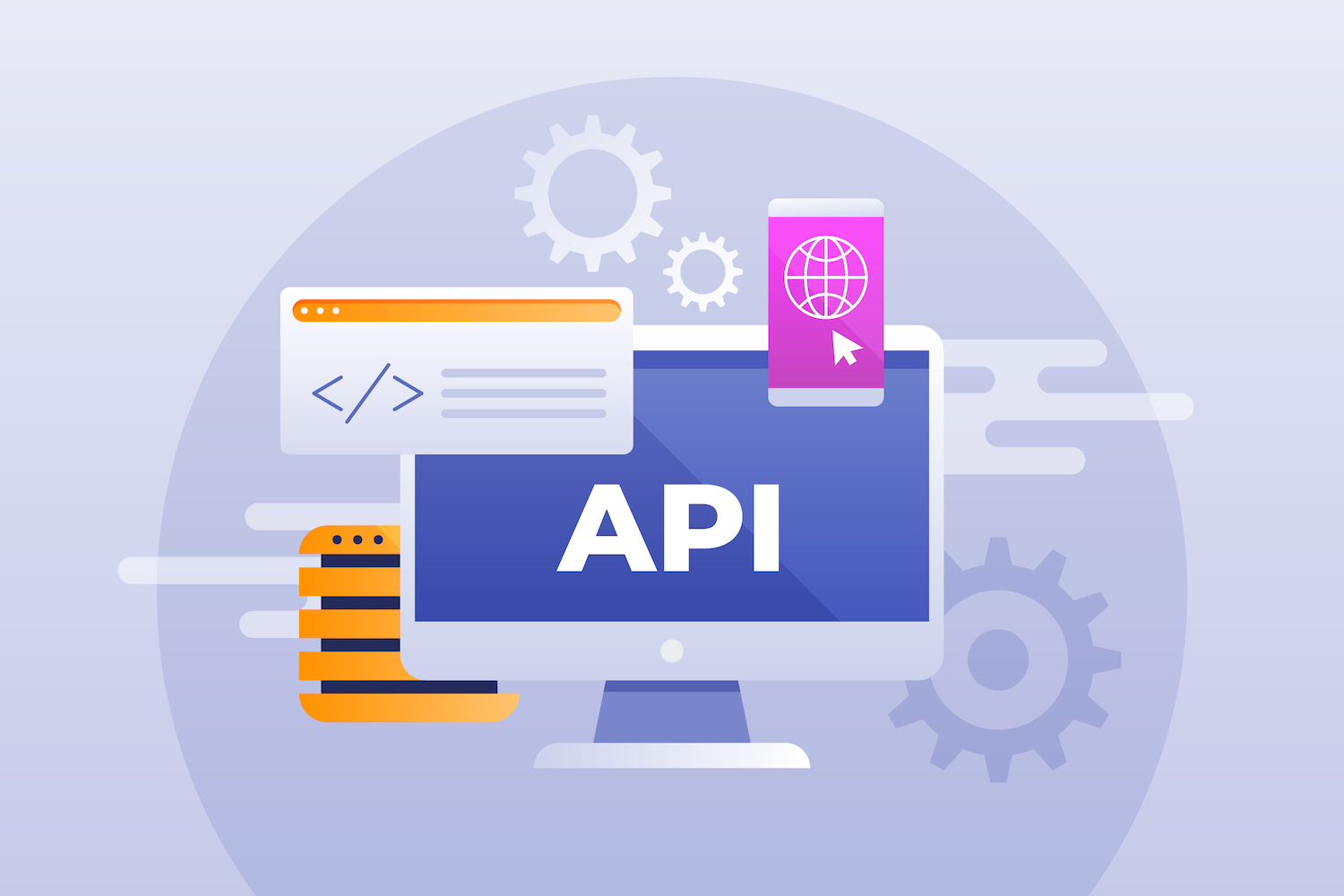
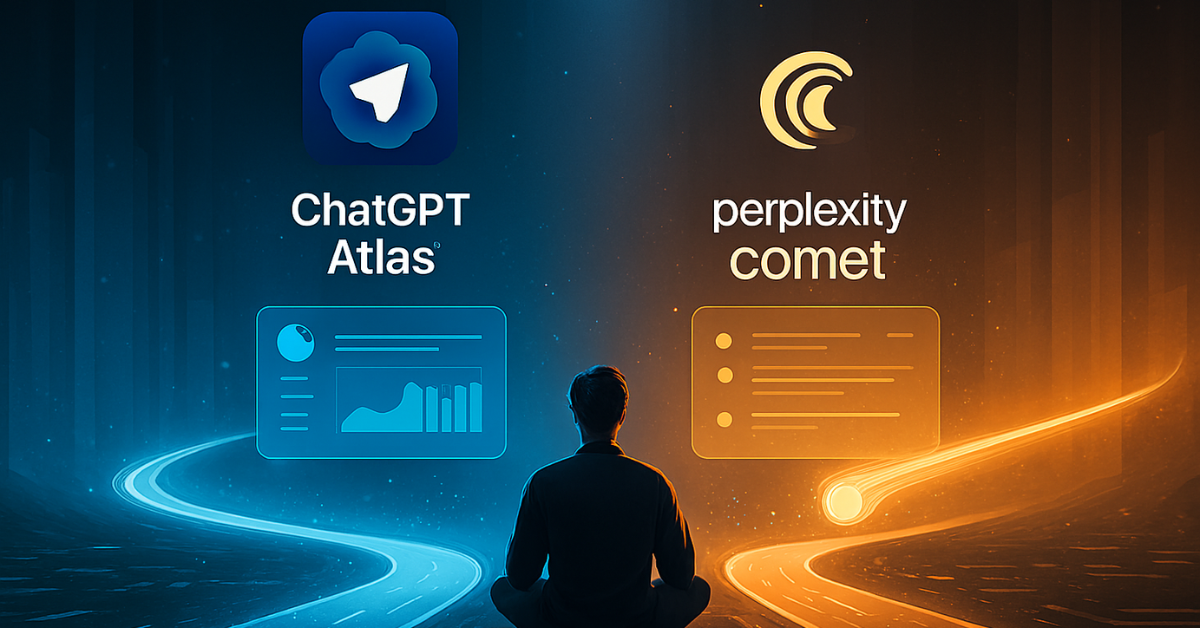









Leave a Reply